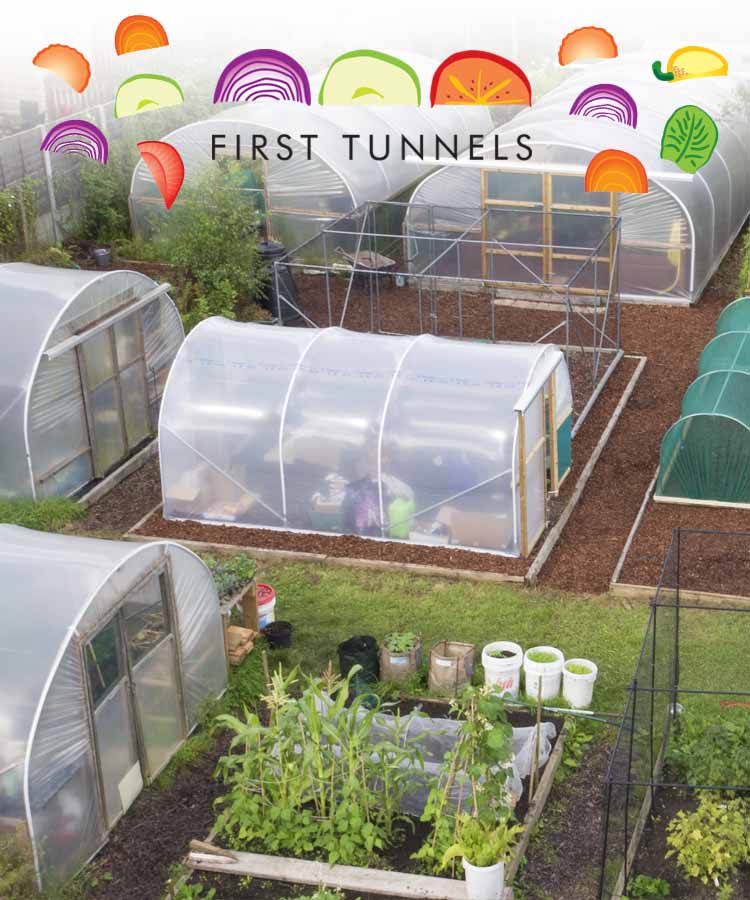One of the key concerns for any commercial polytunnel owner is increasing yield. If you are running a business out of your polytunnel or polytunnels, it is important to always think about how high a yield you can manage to achieve in the space available to you. There are plenty of ways in which you may be able to increase your yield over time. Intercropping is one practise that can often have the desired effect. Depending on which crops you grow, you may well find that moving from a mono-crop system to a polyculture, with two or more intercropped plant species could increase your overall yield significantly.
Intercropping simply involves growing more than one type of plant concurrently. There are various ways in which intercropping can increase yield. Below, we'll have a quick look at two ways in which intercropping can successfully be integrated into a commercial polytunnel.
The plants may be companion plants, in the sense that they will benefit each other in a range of different ways. Intercropping one crop with a companion plant which benefits it in some way can increase the yield of the first and provide a secondary crop from the latter. Companion planting to create a polyculture can increase the resilience of the system to pests and disease. For example, carrots intercropped with onions may be less likely to suffer an attack of carrot fly, as the smell of the carrots is disguised by the secondary crop.
Companion plants may also increase yield by attracting beneficial pollinators, or predatory insects, which can increase the yield of the first plant, or reduce losses to pests. A companion crop may also add nutrients that are beneficial to the plant with which they are intercropped – for example, legumes such as peas or beans can add nitrogen beneficial to neighbouring leafy vegetables.
A secondary type of intercropping may not be about the beneficial interactions between the plants themselves, but may be a way of making the most of the space in your polytunnel or polytunnels over time. For example, intercropping a swift growing crop like lettuce, with a slower growing one like cabbages, can allow you to make the most of space and nutrients while the slow growing one is not utilising them to the fullest.
Whether you are looking at companion planting, or intercropping to make the most of space and resources, you may well find that planting more than one type of crop together will increase overall yield, even where the yield of the original crop is somewhat reduced by the competition.
